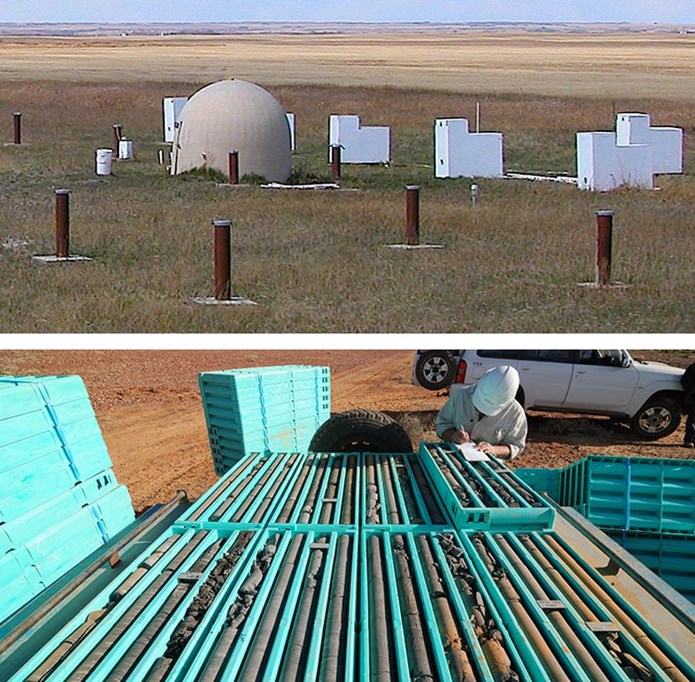Groundwater in Belowground Waste Disposal
Deep, low-permeability geologic formations are becoming increasingly attractive targets for the long-term safe disposal of man-made waste. Classic examples include hazardous and radioactive waste repositories, and the “geosequestration” of carbon dioxide. Such activities require the highest level of scientific rigour to carefully characterise groundwater flow processes and the potential for solute transport through these low-permeability rocks. This information is critical for understanding the potential transport and fate of the waste, or associated by-products in the subsurface should natural or engineered containment structures fail at some time in the future.
IGS has internationally recognised expertise in the characterisation of groundwater flow and solute transport in thick aquitards. Unlike conventional laboratory techniques that measure physical and chemical properties on small pieces of drill core, our specialty is in the use of high-resolution vertical profiles of natural pore water chemistry and isotopes collected over the full thickness of the geologic formations. This provides meaningful estimates of permeability that can be used in predictive solute transport models to test various migration scenarios.
We have worked on characterising deep, clay-rich aquitards in South Australia, Queensland and the province of Saskatchewan in Canada. We have also visited the Äspö Hard Rock Laboratory in Sweden, and we maintain strong research links with international experts in the USA and Canada.

